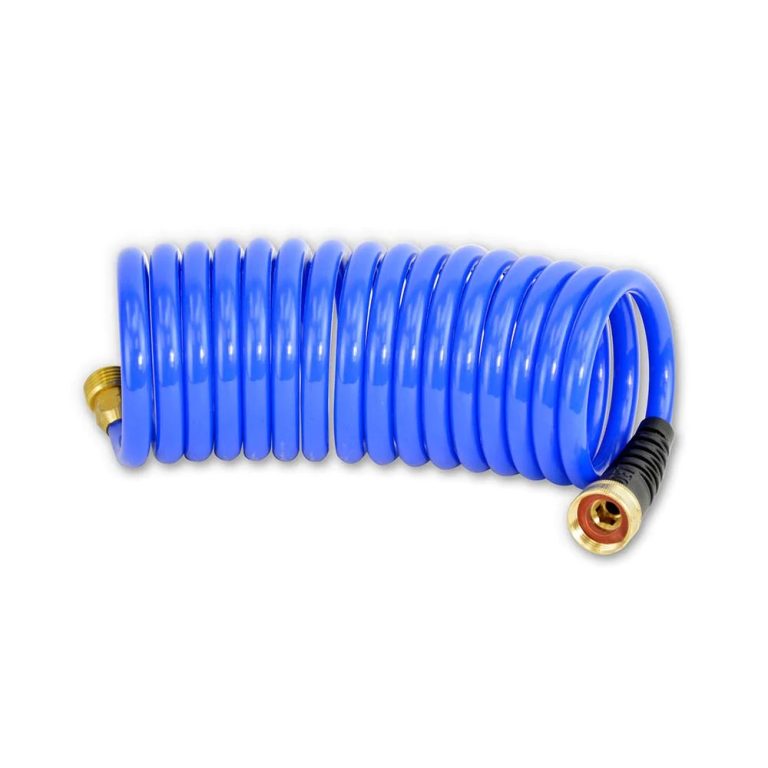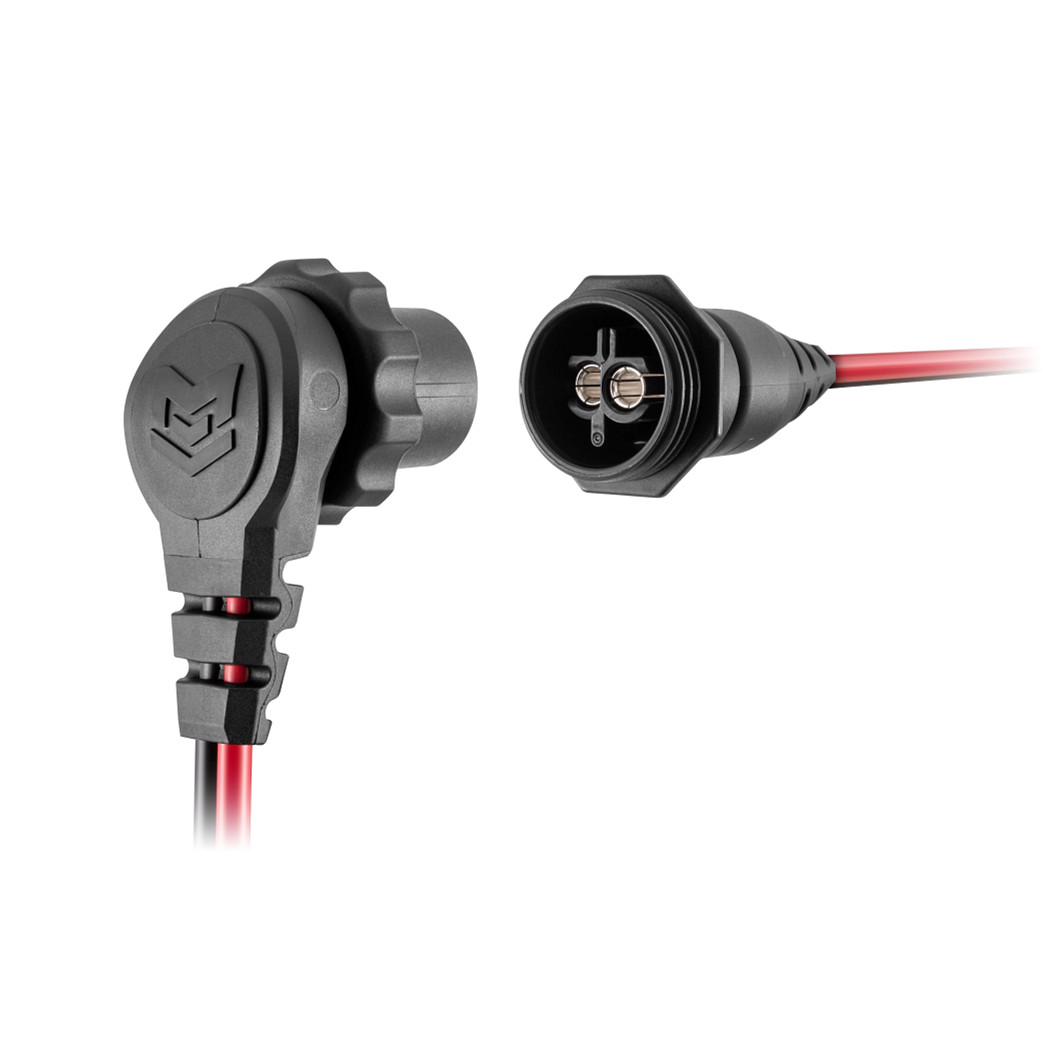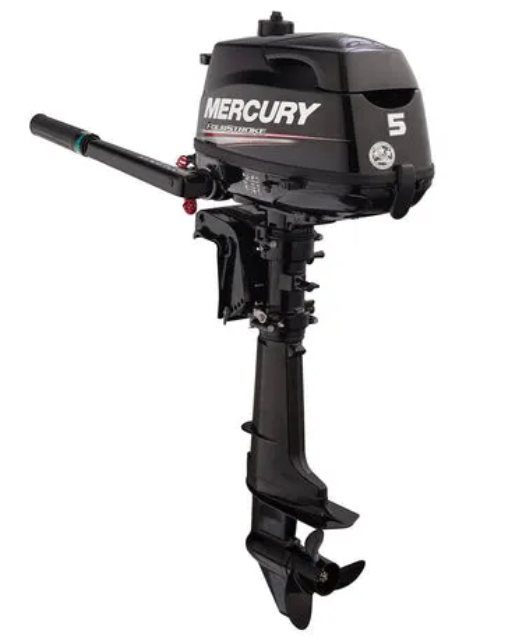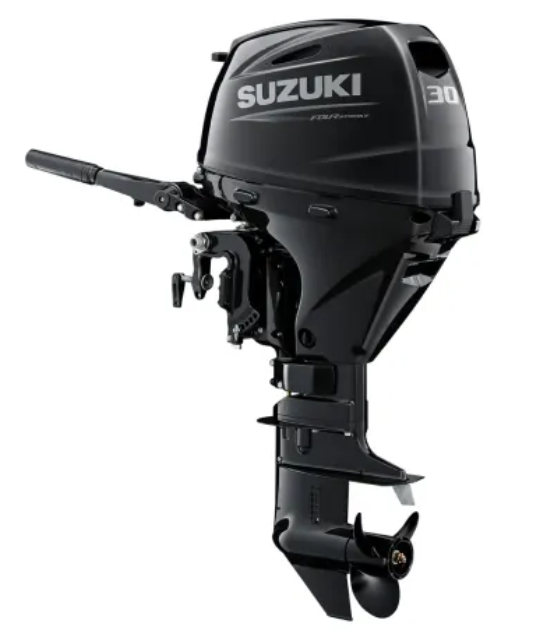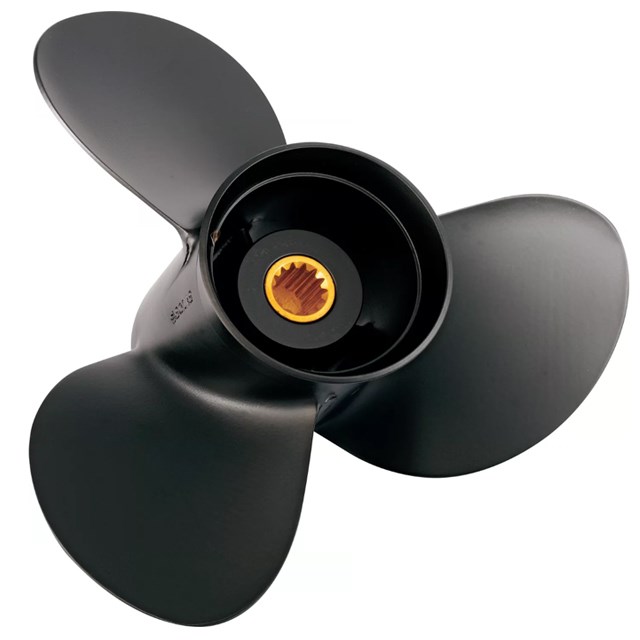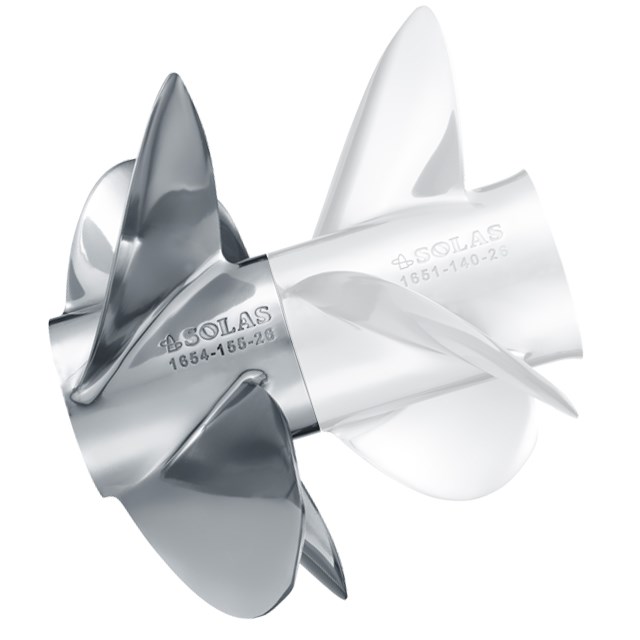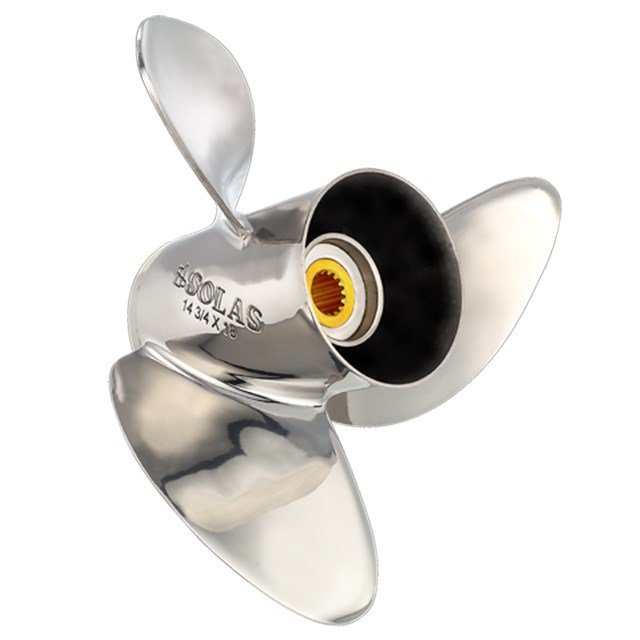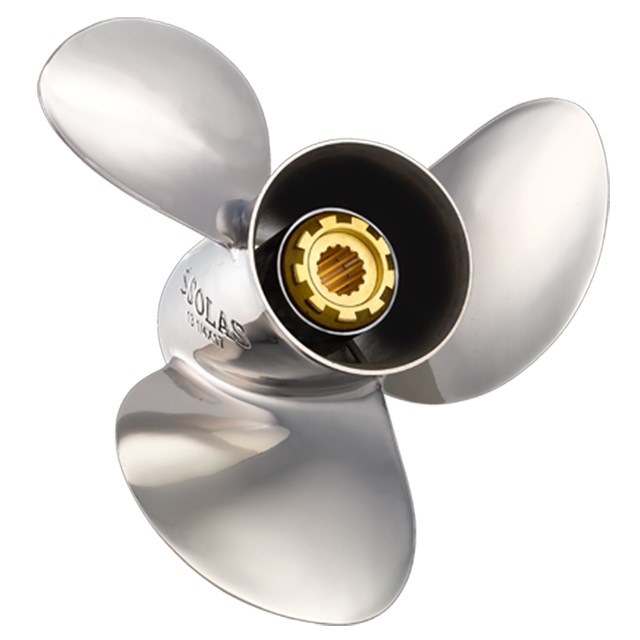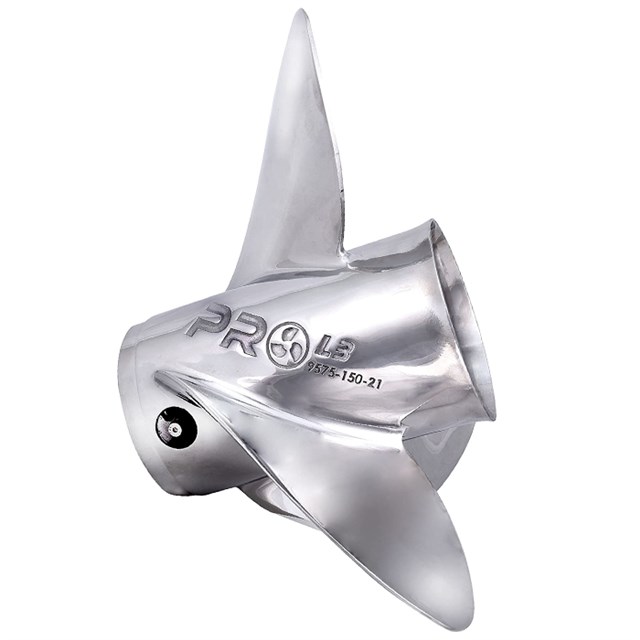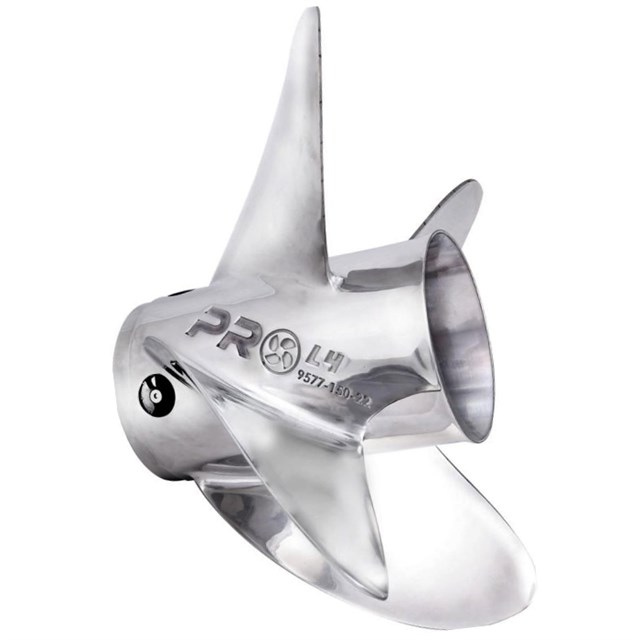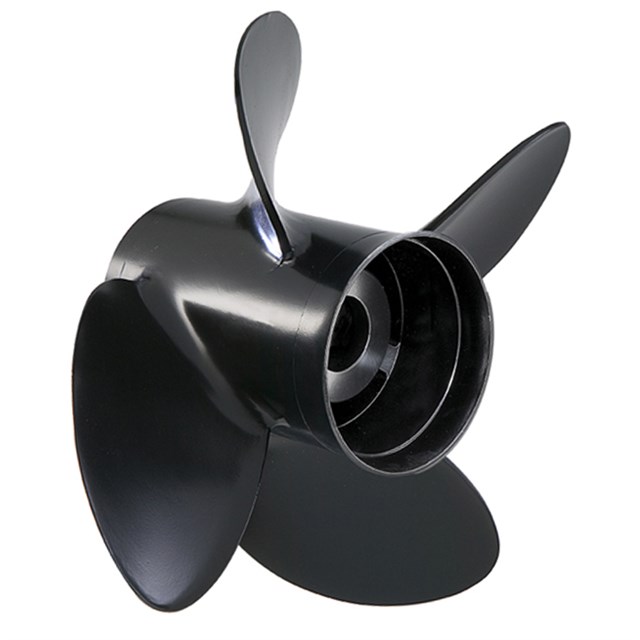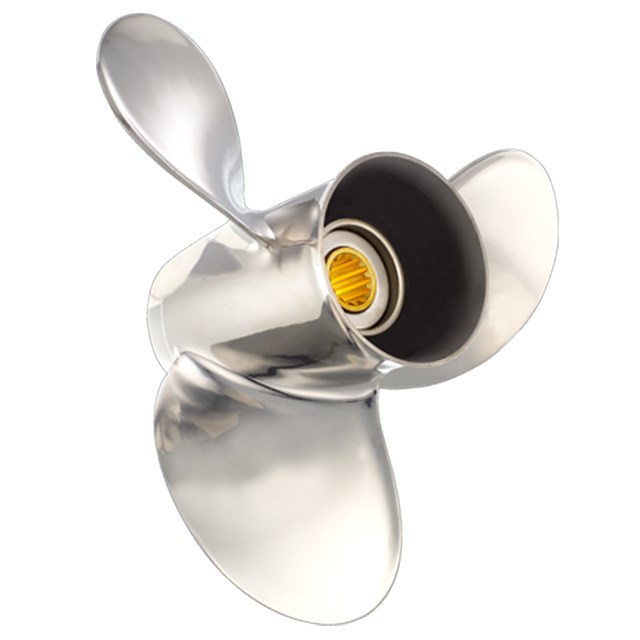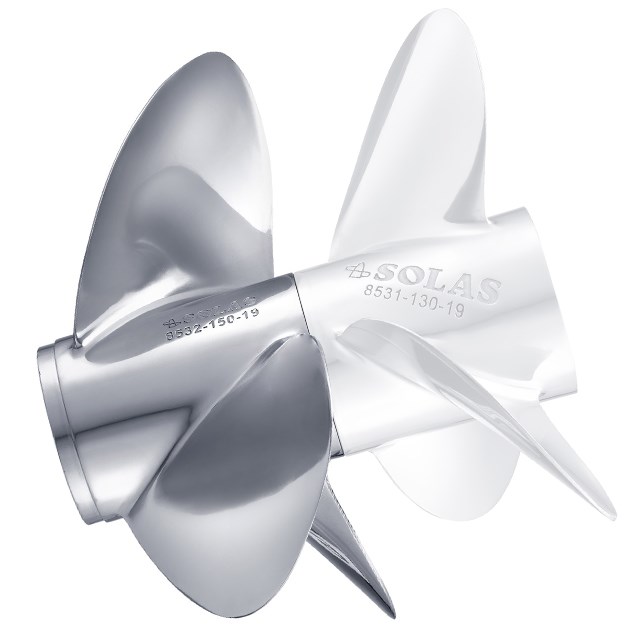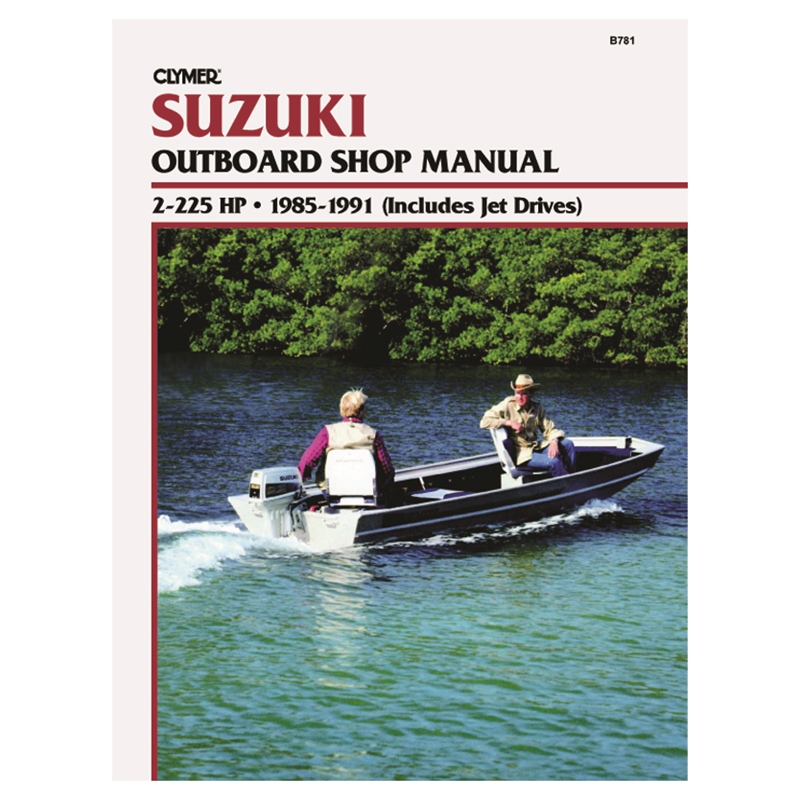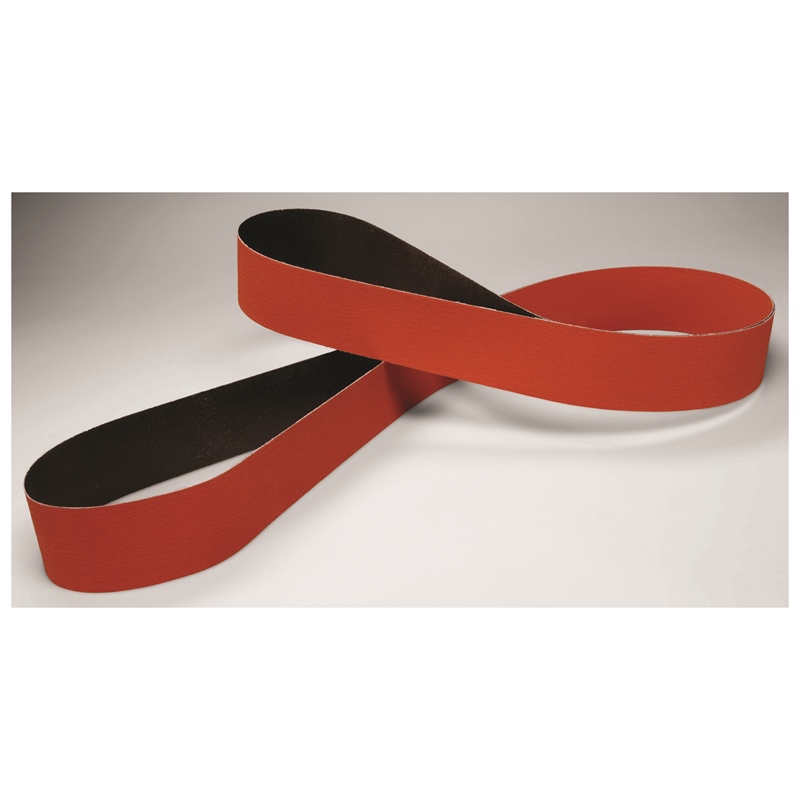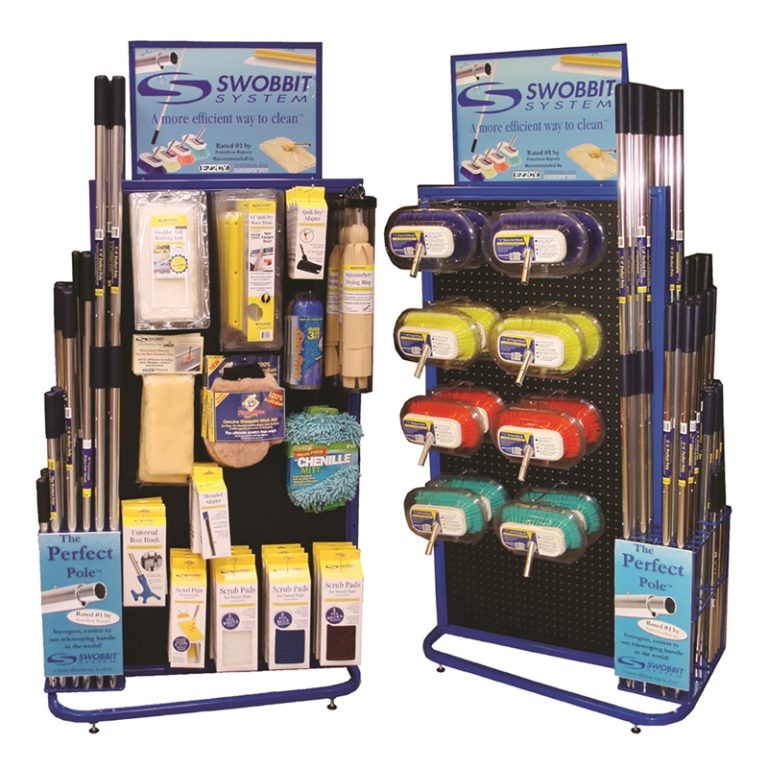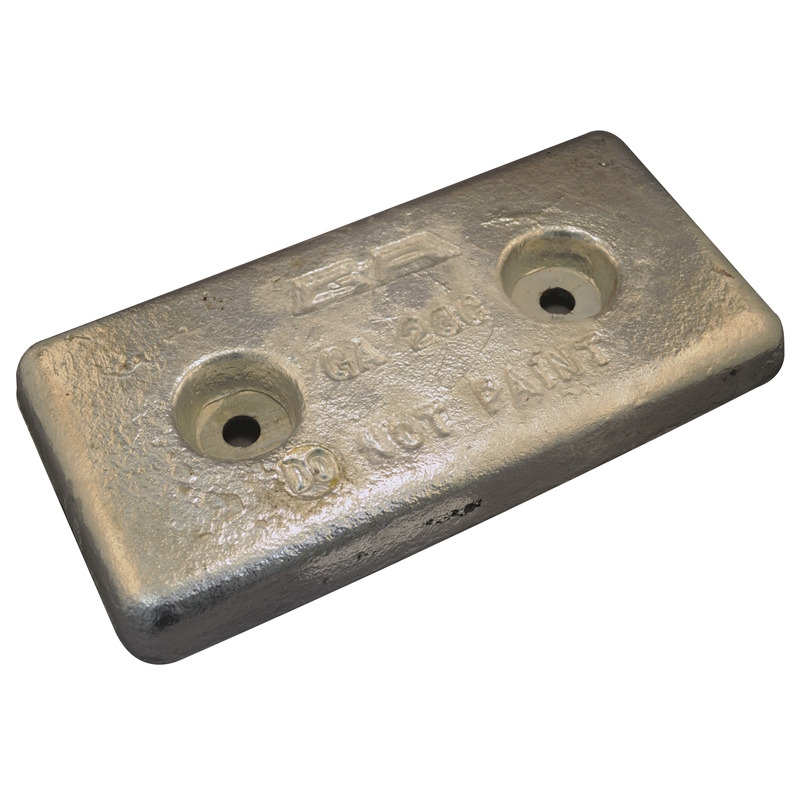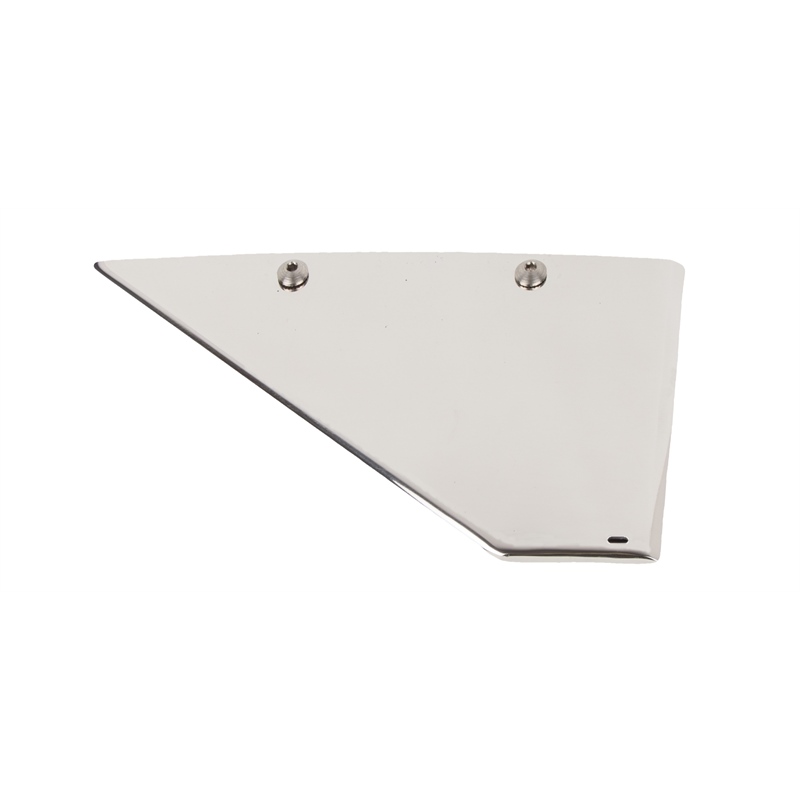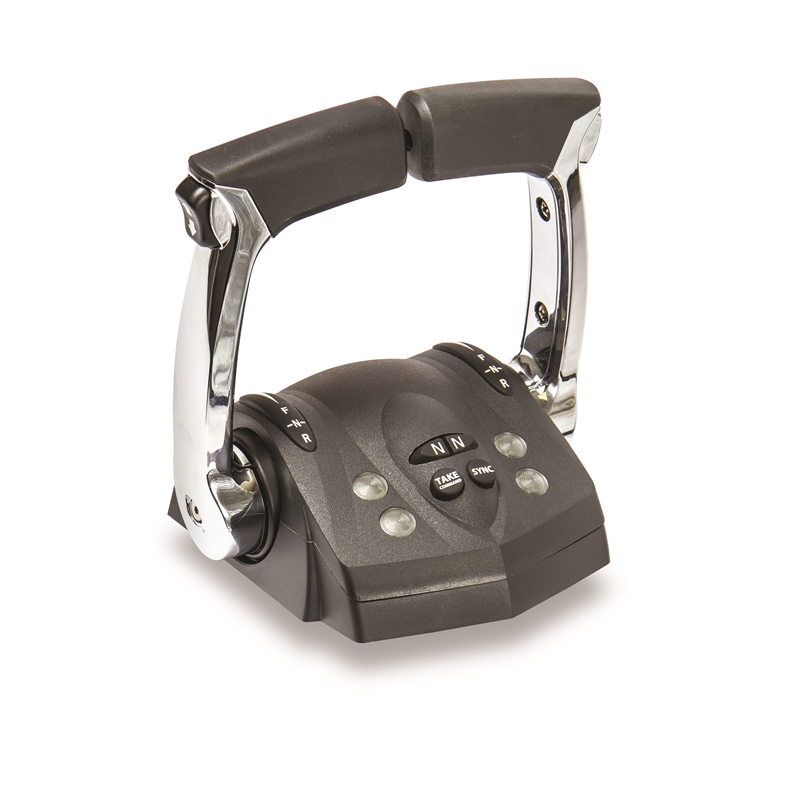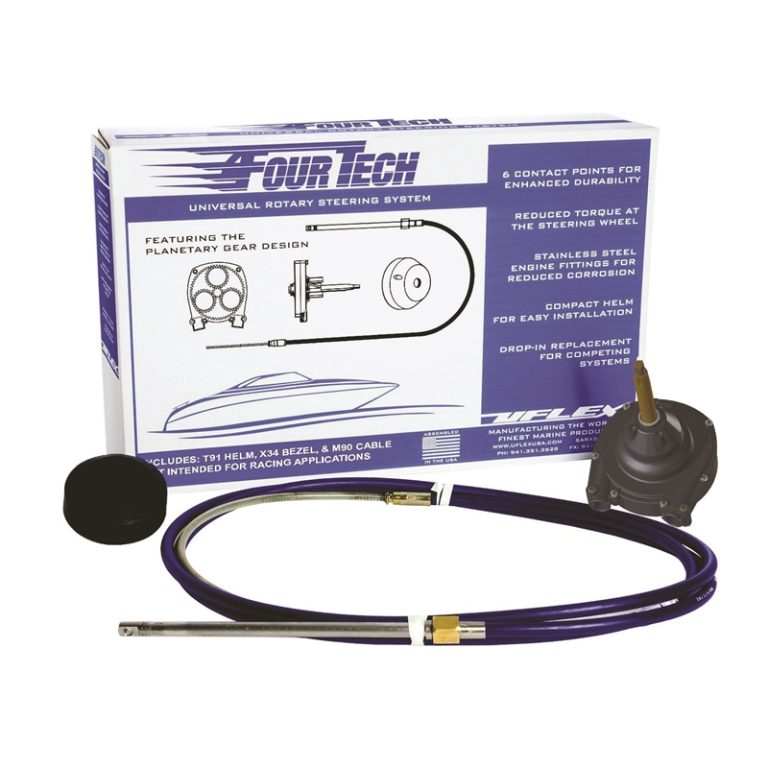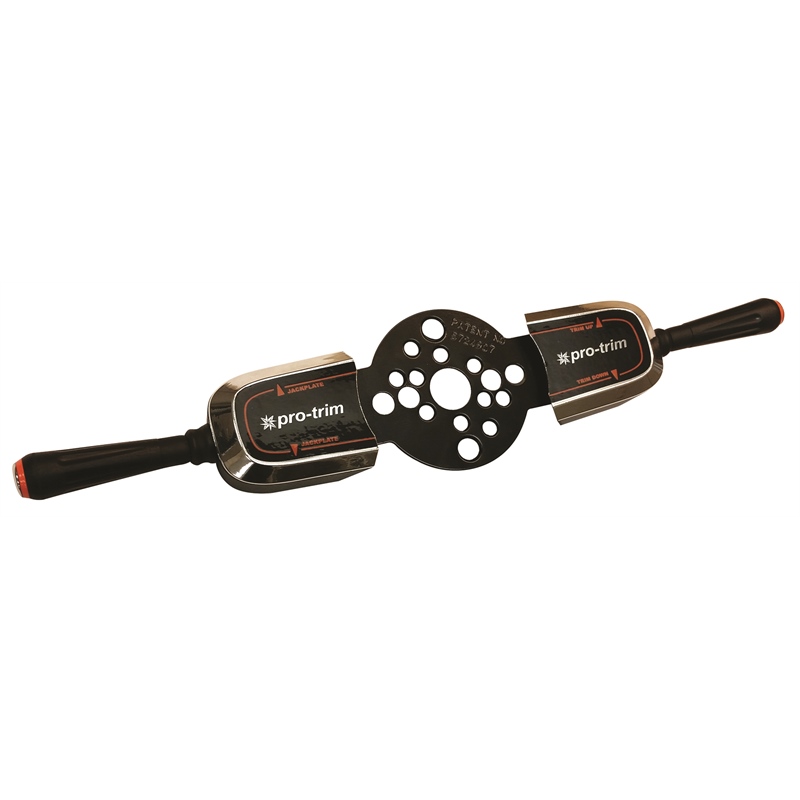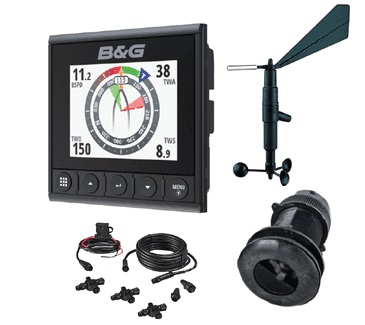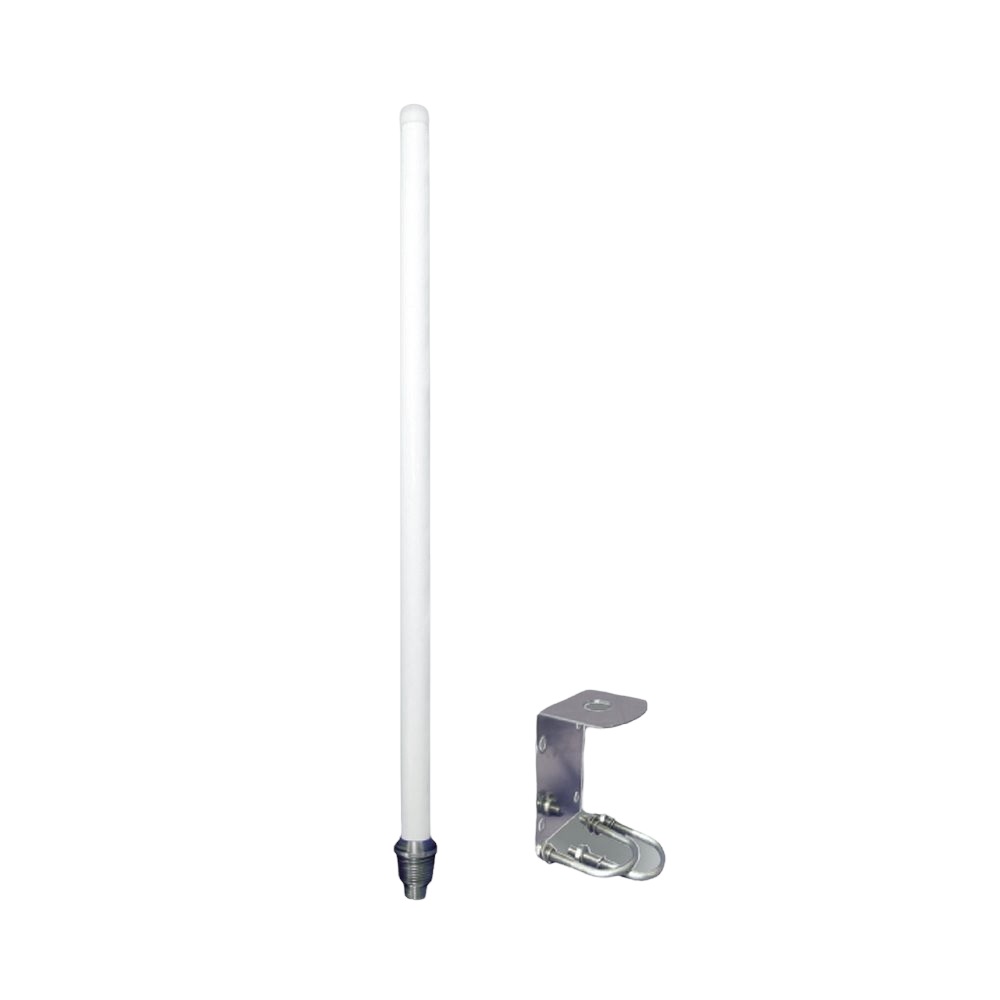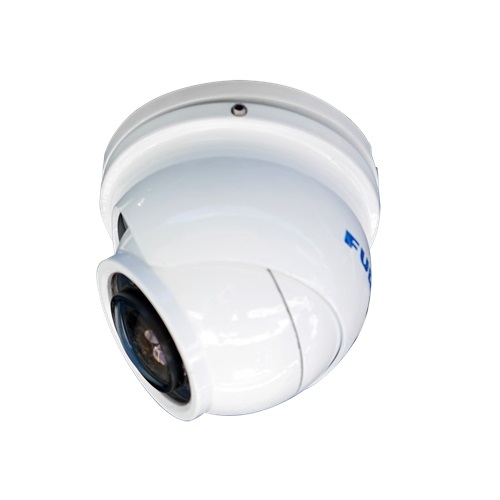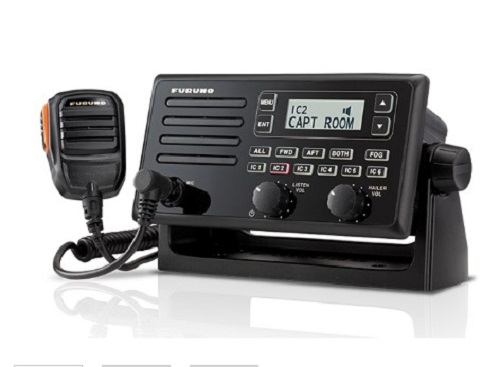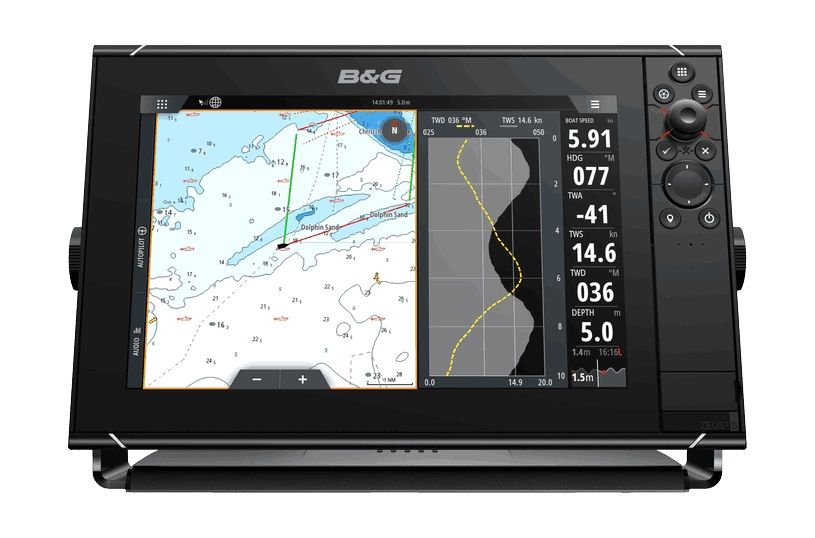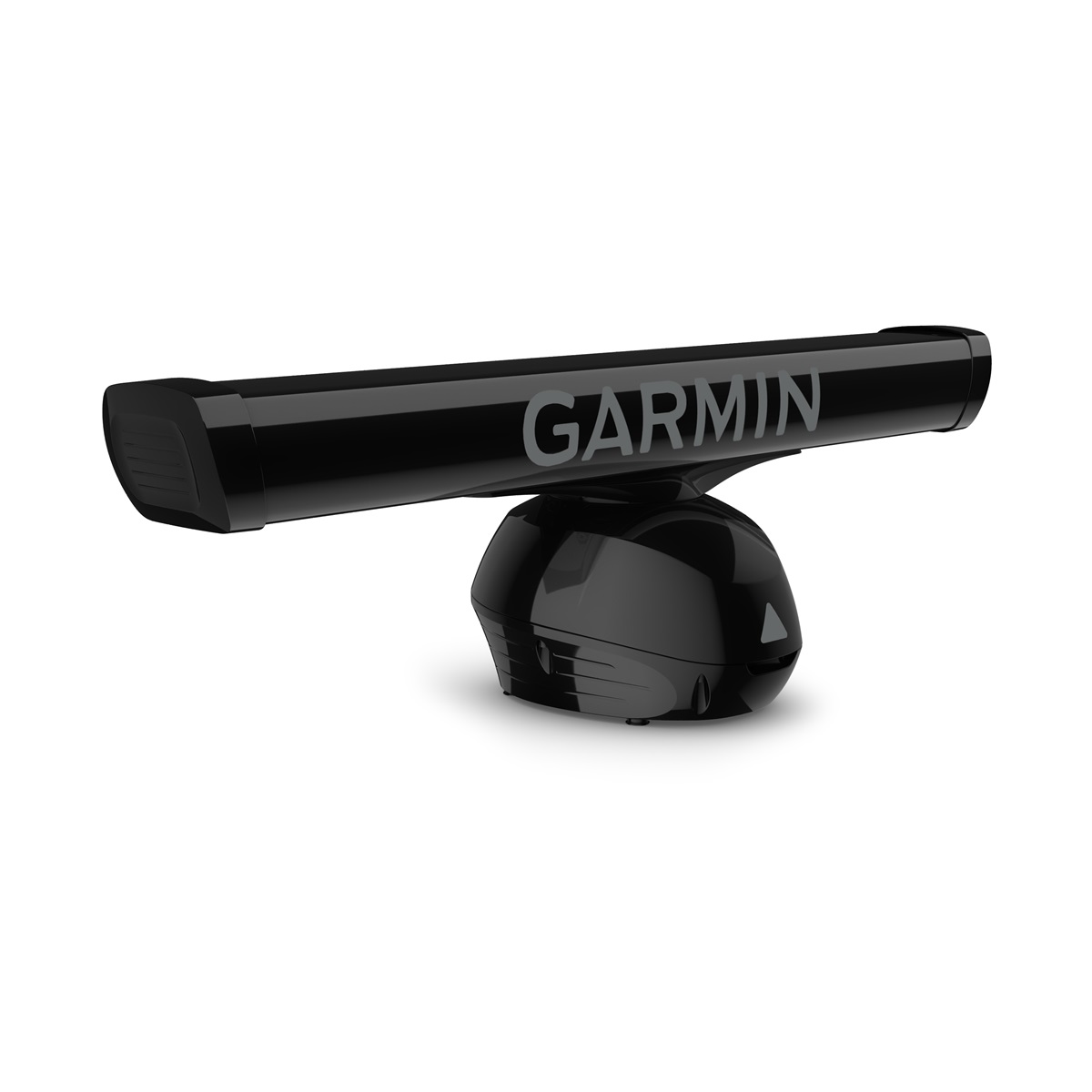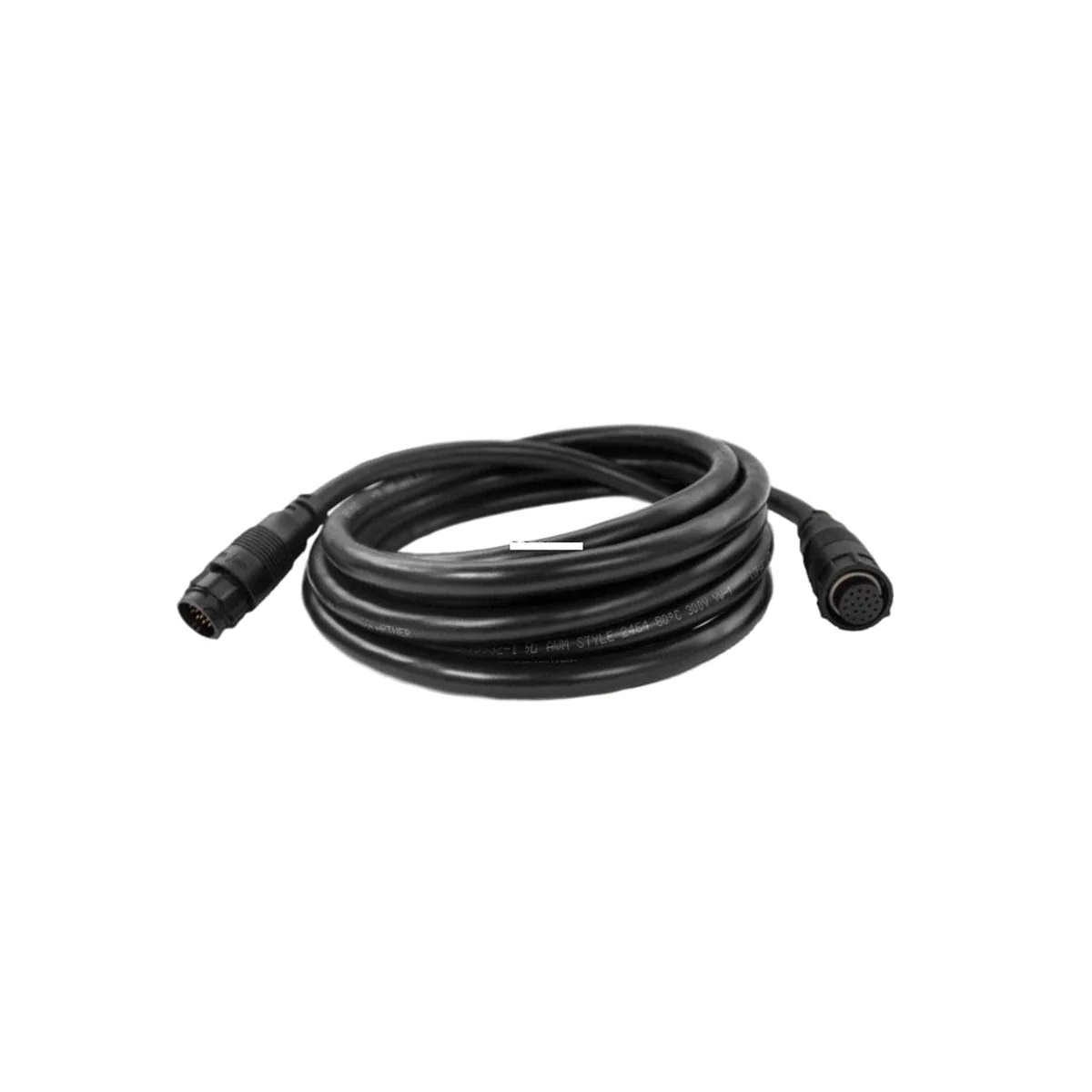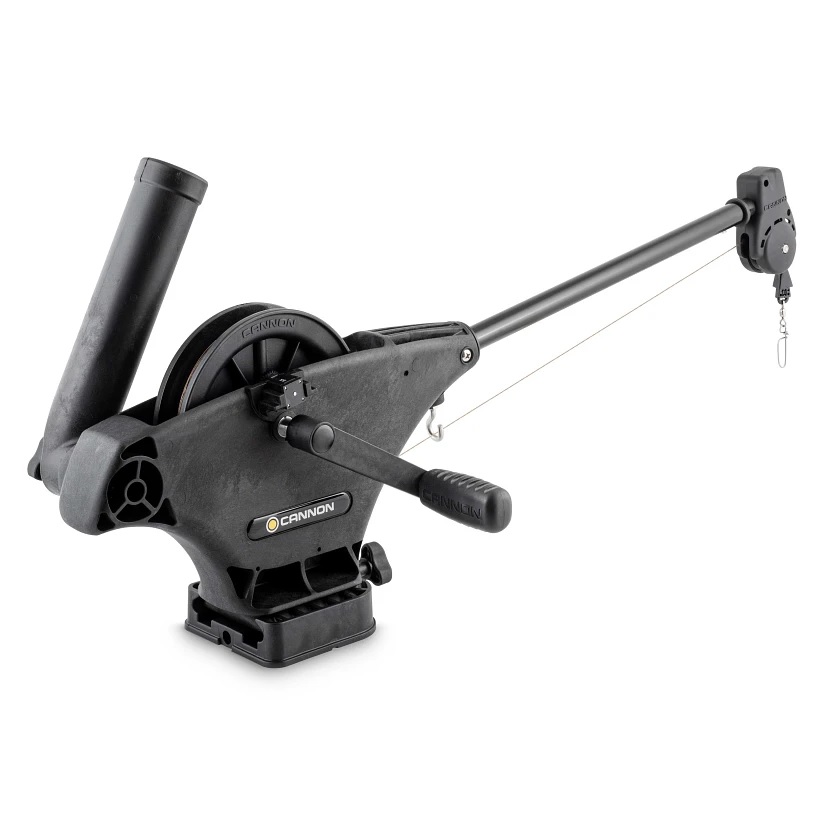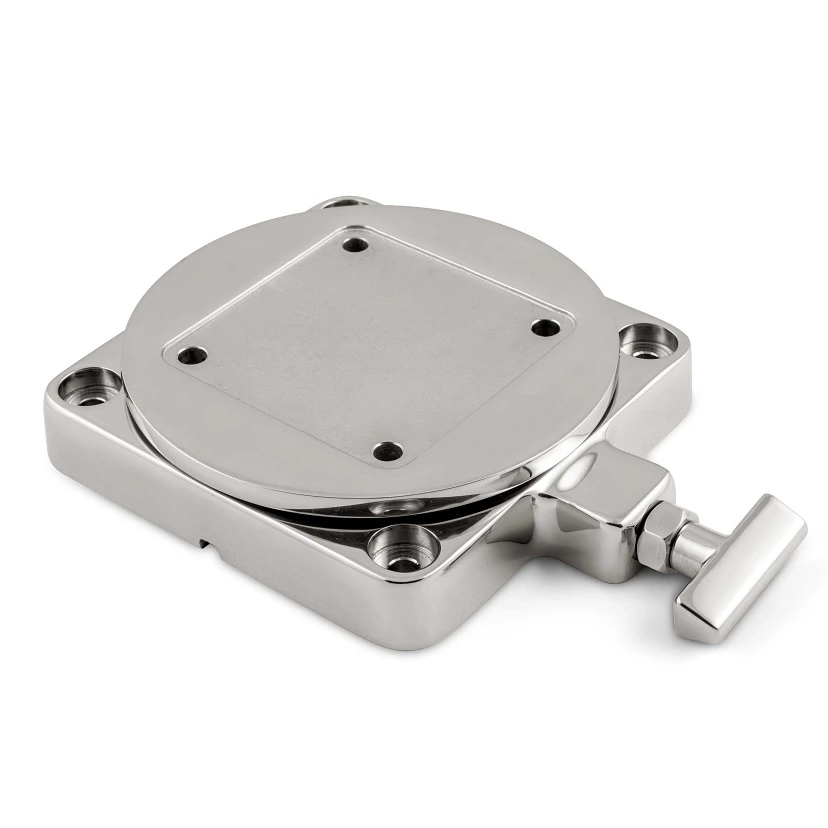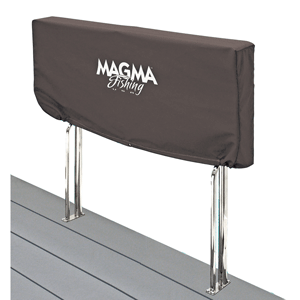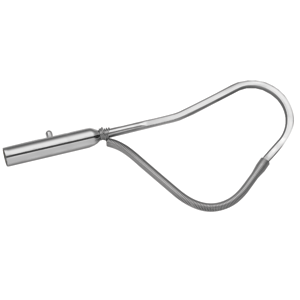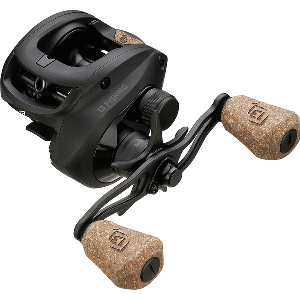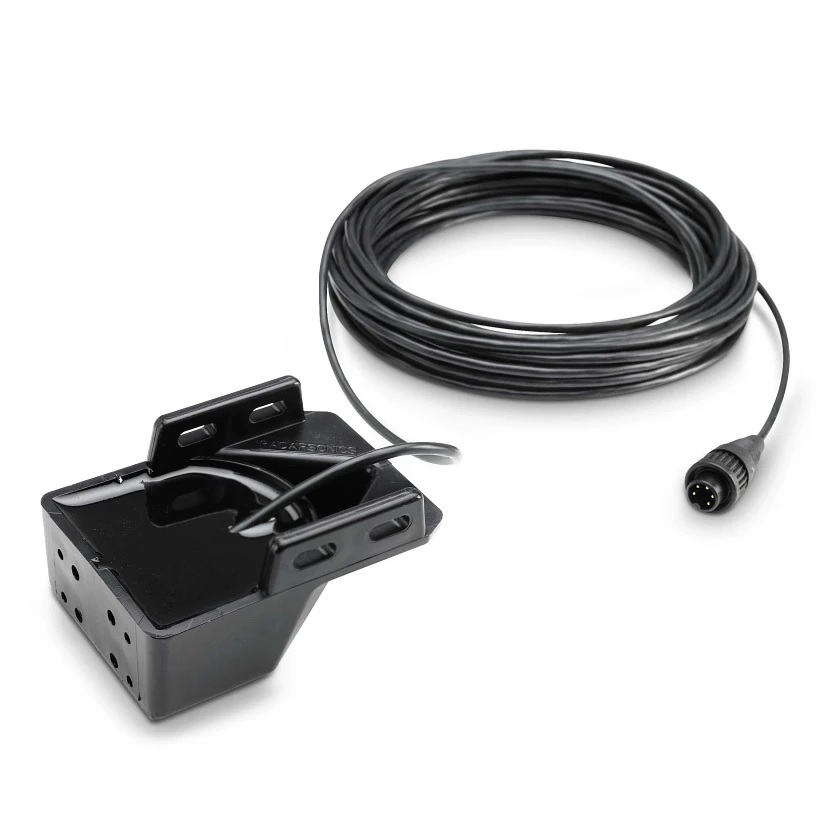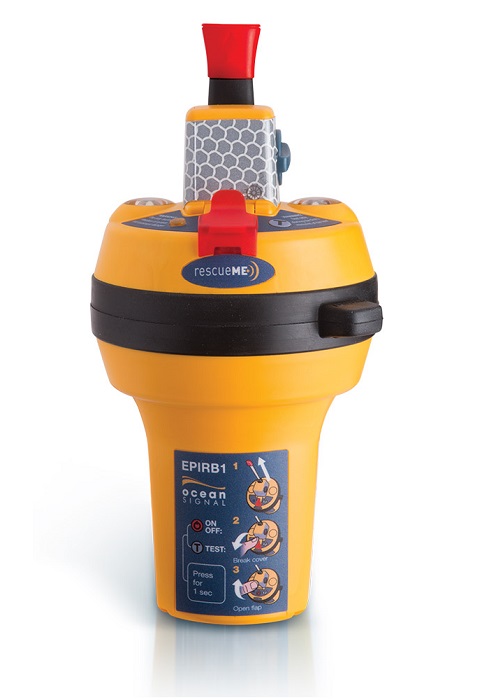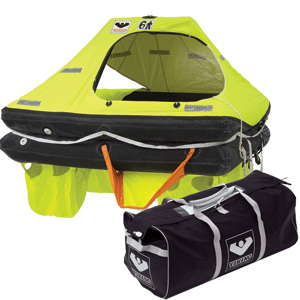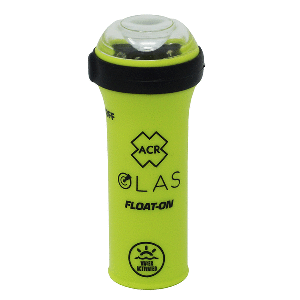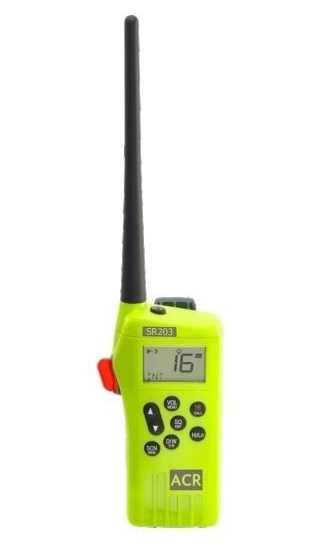Top Tips for Boating Safety in Stormy Weather

Boating Safety
Boating in stormy weather can be challenging and even dangerous if not properly prepared. Safety is paramount when faced with high winds, rough waves, and reduced visibility. Here are essential tips to help you stay safe and navigate effectively when stormy weather strikes unexpectedly.
1. Check Weather Forecasts Before Heading Out
- Plan Ahead: Always check weather reports from reliable sources, such as the NOAA or local weather services, before setting out.
- Monitor Conditions: Keep a weather alert system or radio on board to monitor changes while at sea. Even a minor shift in weather can make a big difference.
- Understand Cloud Formations: Learn to recognize storm indicators, like rapidly darkening clouds or sudden changes in wind direction, to gauge oncoming storms early.
2. Ensure Proper Equipment on Board
- Safety Gear: Equip your boat with essential safety gear, including life jackets, a first aid kit, flares, and a fire extinguisher. Make sure all life jackets are accessible and fit properly.
- Navigation and Communication Devices: Ensure you have a functioning GPS, radar, compass, VHF radio, and a satellite phone. Reliable communication allows you to stay in touch with the Coast Guard or other boats nearby if needed.
- Bilge Pumps and Buckets: High waves can quickly fill a boat with water, so make sure bilge pumps are operational. Keep backup manual pumps or buckets onboard as well.
3. Slow Down and Minimize Movement
- Reduce Speed: Slowing down allows for better control over the boat and helps prevent the hull from slamming into waves, which can cause structural damage.
- Avoid Sudden Movements: Keep crew movement to a minimum to avoid throwing the boat off balance, and encourage everyone to stay low and hold onto railings or grab bars for stability.
4. Navigate Head-On into the Waves
- Avoid Broadside Waves: When approaching waves, angle the boat slightly into them rather than letting them hit the side (broadside). Facing waves at an angle can reduce the impact and help prevent capsizing.
- Use the Throttle Carefully: When going head-on into waves, use the throttle to ride waves rather than letting them crash directly over the bow. This also helps in controlling speed and direction effectively.
5. Keep Essential Emergency Tools at Hand
- Emergency Radio Locator Beacon (EPIRB): An EPIRB sends distress signals to rescue authorities, helping them locate you quickly. It’s a vital tool in emergencies, especially when visibility is low.
- Flashlights and Extra Batteries: In case of low visibility, have waterproof flashlights and extra batteries to stay visible to others and to navigate your surroundings in dim light.
- Throw Ropes and Rescue Lines: Keep these on hand for emergency towing or helping a crew member who may go overboard in rough conditions.
6. Balance and Secure Your Load
- Distribute Weight Evenly: An unbalanced load increases the risk of capsizing in choppy waters. Distribute the weight evenly to ensure stability, particularly during rough weather.
- Secure Loose Items: In stormy weather, anything unsecured becomes a potential hazard. Lock down any loose equipment, gear, or personal items to prevent them from shifting and affecting balance.
7. Use Radar and GPS Navigation Systems
- Activate Radar: In poor visibility, radar can be your best friend. It helps detect other vessels, landmasses, or obstacles even when you can’t see them.
- Rely on GPS: Having a GPS system is invaluable in stormy weather, helping you stay on course and navigate to safety. Program a safe return route before heading out, just in case conditions worsen.
8. Have a Clear Communication Plan
- Assign Roles: Before setting out, assign each crew member a role in case of emergency. Clear responsibilities help avoid panic during high-stress situations.
- Practice Emergency Communication: Practice using the VHF radio with your crew. Familiarize everyone with distress signals and communication protocols to improve response time if you need help.
9. Know When to Head for Shelter
- Identify Nearby Shelters: Before setting out, be aware of the closest marinas, inlets, or sheltered bays where you can safely anchor if conditions worsen.
- Use Anchors Wisely: If you’re caught in a severe storm with no nearby shelter, setting an anchor can help keep the boat steady. Use an anchor suited to the seafloor’s type for maximum holding power.
10. Keep Calm and Make Rational Decisions
- Avoid Panic: Panic can lead to poor decisions that might compromise safety. Take deep breaths, stay focused, and work together as a crew.
- Trust Your Instincts: If you’re unsure about the conditions, it’s often best to wait it out or head back to shore. Trusting your instincts and making safety a priority can prevent accidents.
Bonus Tip: Consider Boating Insurance
- Review Your Coverage: Having boating insurance that covers storm-related damage can provide peace of mind. Make sure you’re aware of the coverage, and keep relevant insurance contacts accessible.
Conclusion
Navigating a boat during a storm requires preparation, a clear plan, and the right tools. By following these safety tips, equipping yourself with essential emergency gear, and staying calm, you can mitigate risks and increase your chances of safely weathering the storm. Remember, while these tips can help you navigate stormy conditions, the safest course of action is always to avoid heading out if there’s a risk of bad weather. Stay informed, stay prepared, and prioritize safety every time you set sail.






